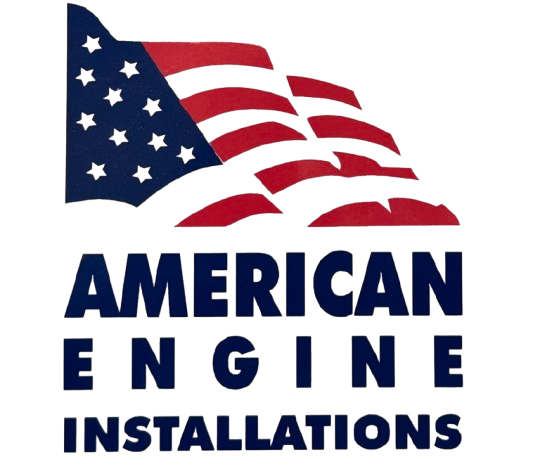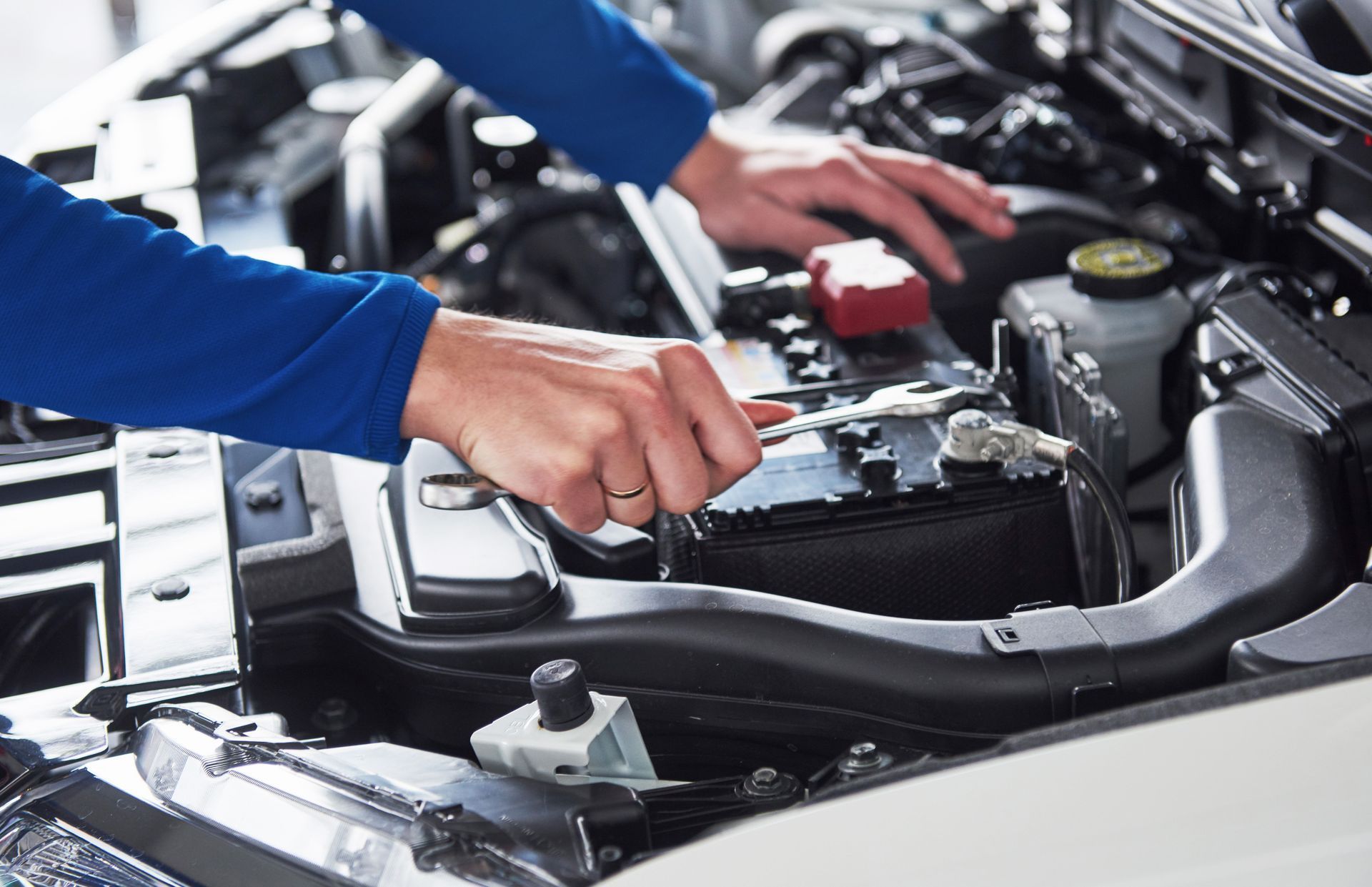Blog
American Engine Installations

They say cars aren’t built like they used to be, but there are some manufacturers and car buffs who will argue that point based on engine mileage. For the basic, everyday driver, an engine takes a lot of abuse with stop-and-go traffic, rapid starts and stops, and – let’s face it – a lack of appropriate engine maintenance in the case of many vehicle owners.

One of the most important parts of our car is the engine. The car’s engine is able to take burning gas and use that as energy to move the wheel that help drive the car. Without the engine, we are unable to drive our car to work, school, or places that we need to go. In order to keep our engines functioning the way that they should, regular maintenance will need to be performed. While the engines are important and we want to make sure they are in great shape, auto maintenance is something we typically forget to do.

Having a vehicle is a huge responsibility. With that, comes all sorts of maintenance and care that can easily be looked past for convenience. Your engine performance is important to you and making sure that it runs properly, you are getting good gas mileage, and that your vehicle lasts for a long time. There are a lot of different ways to get better engine performance, one of them is to buy performance upgrade engine parts. These types of things are hit or miss with a lot of vehicles. The reason we say that is because many people buy parts like these thinking that it will be easy to install and then they make the problems worse. The best thing that you can do is to educate yourself on not only the part, but on your vehicle as well. If you plan to do something like that, you need to understand how to do it. You can also take it tp a shop and have professionals do it for you. This way you don’t have to worry that something will go wrong and you will likely get some type of warranty as well. Getting a tune up done is also important just like oil changes. What is included in a tune up? A tune up will allow a professional to look at all of the components in your engine to see if everything is running correctly. They will change the fluids in your engine and see if anything is not working to full capacity. They Will then give you an engine performance evaluation. This is a great way to see how everything is working, if you need a new part or ask the questions that you need answers to. You can talk to the technician about small engine performance kits and what they would recommend. Your vehicle’s engine is the heart of the vehicle so you want to make sure that before you do anything that you either have experience or you talk to someone who does.

The summer months in Atlanta can take a toll on your vehicle. Water pumps maintain the flow of coolant throughout the engine. When undamaged, water pumps help your vehicle stay at an operable temperature, despite the summer heat. A bad water pump causes temperature problems for your vehicle, and will require immediate assistance. American Engine Installations will diagnose your problem, and get your car up and running again . Check out these signs of a bad water pump:








Share On: